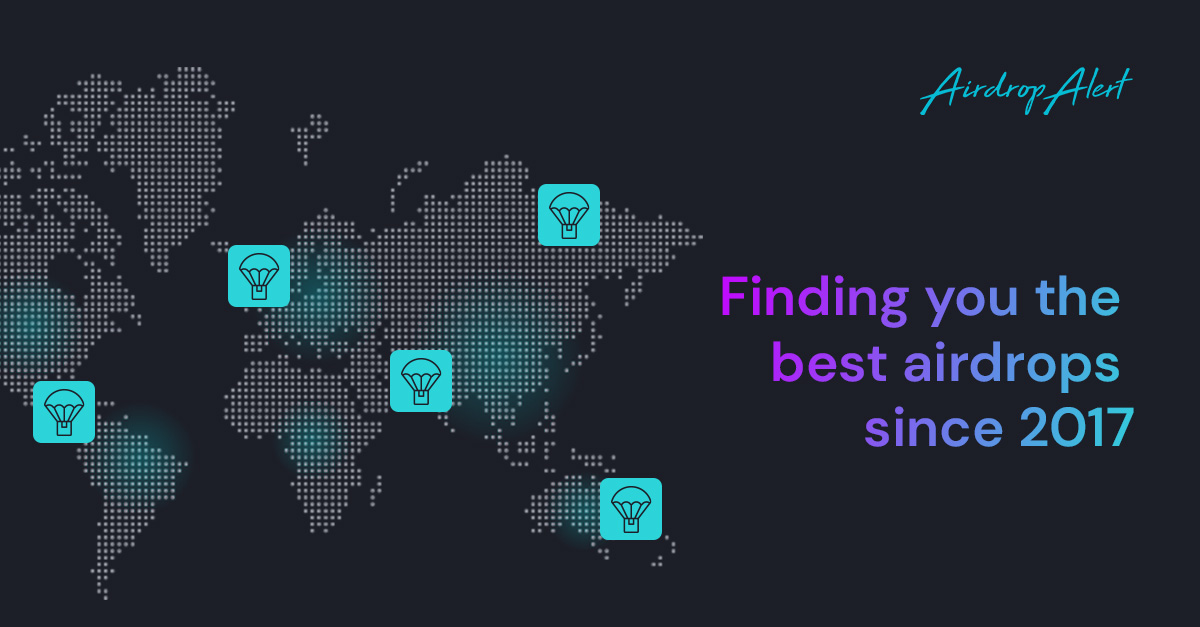When a whale like Blockchain.com is conducting a $125-mln-worth airdrop to verify their users’ identities or a project based on the concept of security tokens gets listed as one of the biggest ICOs since 2016, the times they are a-changin’. Whether we like it or not, regulations on crypto have a say in what the blockchain landscape is about to look like tomorrow. To get a better sense of what’s coming next, AirdropAlert has talked to Patrick Campos, an experienced lawyer and a chief strategy officer at Securrency, a technological company that has developed an engine to enable trading of tokenized securities.
Interview conducted by
Q: Patrick, Securrency is one of the first platforms to advocate for strict regulation in the crypto niche. Do you believe the concept of STOs is a new step in the ICO evolution?
A: I don’t believe that STOs is simply the next step in the ICO evolution. ICOs were really just a new way to raise early-stage capital in a non-dilutive manner. That was exciting, but, of course, too good to be true. It turns out that rules that protect investors were typically not followed during the ICO boom. Security token technology — specifically, the compliance tools associated with security token technology — do allow for this sort of early-stage capital raising to be conducted in a legal manner that protects investors. But this view of security tokens as the “next generation ICO” is extremely limiting and misleading, in my opinion.
Really, I just view security tokens as a transformational technology applied to traditional financial market transactions and products. Capital formation and market liquidity are not new concepts, but security token technology allows for these traditional processes to be performed far more efficiently and with dramatically enhanced results.
The big prize here is the compliant tokenization of equity and debt products of every variety
Certainly, we have captured the incredible technological benefits of blockchain technology demonstrated by cryptocurrencies, such as the rapid transfer of value and the immutability of transaction details on the blockchain. And, of course, the ICO experience has demonstrated how technology can streamline and accelerate initial capital formation by efficiently marketing to smaller investors on a global scale. But, really, the big prize here is the compliant tokenization of equity and debt products of every variety that we see in current financial markets and the establishment of interconnected global pools of liquidity to push capital out to the far edges of the global market. We refer to this as bringing Wall Street to Main Street — and beyond.
What Securrency does is offer an integrated toolkit to enable the issuance and trading of security tokens with our own unique security token protocol — the CAT-20 — that basically allows the token to behave in accordance with relevant regulations. This is very important, because, once the rules have been written into the token, that token can govern itself. We call this “Compliance Awareness”. This empowers businesses to tokenize traditional securities. Using our engine, these businesses can establish compliance with the regulations of the countries in which those tokens are being issued and purchased.
Because our platform is integrated, our onboarding process includes automated KYC, AML, and investor accreditation, as well as enrollment and subscription and, of course, issuance of these compliance-aware security tokens.
We were the first-movers in this space and were focused on compliant security tokens long before any of the other players in this market. As a result, our technology is more robust, capable, and efficient than anything else you will find today.
In summary, I suppose that I see our product as a technological application for traditional assets, but, on the other hand, we certainly are part of this “third wave” security token economy.
Q: In the description of the company on your LinkedIn profile you say that your token, Compliance Aware Token, is legally-compliant in the United States and globally. How is it possible with different regulations in different countries?
The issuer’s compliance responsibility is not fulfilled just because that issuer used KYC/AML tools to onboard investors
Ultimately, issuers remain responsible for regulatory compliance when they issue securities, and those issuers turn to in-house or external lawyers to provide them with guidance as to how to be compliant. These lawyers will find our tools to be incredibly helpful not just for the initial issuance of the token, but for the entire lifecycle of the token. As any good lawyer will tell you, the issuer’s compliance responsibility is not fulfilled just because that issuer used KYC/AML tools to onboard investors and ensured that these initial investors are qualified. That responsibility continues even after issuance and into secondary-market trading. Giving an issuer the tools to ensure only compliance on the initial offering is sending them down a dead-end street. Securrency’s Rules Engine and Compliance-Aware Token technology gives lawyers a tool to ensure this full-lifecycle compliance.So, as you can see, the human being is still critical to the whole process. We haven’t created a “magic tool” technology that does everything automatically without human input. But the powerful automation in Securrency’s technology creates an integrated framework that bridges the gaps that create friction in the market.
Q: Here at AirdropAlert we really believe in importance of KYC/AML procedures in light of upcoming regulatory measures. Could you tell us what this procedure looks like for businesses and investors with Securrency?
A: Sure. We don’t have proprietary KYC/AML. We’re using the very best third-party providers, but we bundle their services within our proprietary technology, which extracts critical investor attributes and stores them to allow an investor’s credentials to be immediately verified in any security token transaction. You have to understand that, depending on the country, the privacy rules that govern the storage of data can vary. For example, to be compliant with GDPR, we store personally-identifiable information locally, and, because we believe that GDPR is the highest privacy standard in the world, we apply this standard globally.
The procedure also depends on whether you’re a corporate entity or an individual. So, if I am doing the business with the Dutch company, I am going to check the company and then Julia, their representative. It’s pretty manual.
Q: Got you. OK, one last question. How can regular investors be part of your project?
A: This is an interesting question, Julia! I would say that the best way for investors to benefit from Securrency technology is to recognize that this technology will allow them to participate in the global capital markets in a way that used to be available only to the big boys. Let’s say that you live in a small town. You’ve got a brilliant idea for a business and you start a great little company that is performing well. Now you want to raise some growth capital for your company. If you go to London, or to New York, or Amsterdam, and tell the bankers there that you want to raise $10 mln dollars for a company, they will likely answer that you’re too small — and probably even laugh at you. Their old world transaction costs make deals of that size not worth their effort. So, the question is, how do you raise $10 mln without them?
This is where the blockchain technology turns into a kind of magic. Securrency has built a very cool and powerful set of tools that we call Distributed Investment Banking Services. These tools can be used by a one-person registered broker-dealer (or other regulated financial intermediary) in your hometown to very quickly stand up a sophisticated enrollment, subscription, and issuance platform to raise money for Julia’s business through a security token offering.
And, who knows, Securrency may raise capital in the very near future by offering its own security tokens for sale, so investors might want to keep checking in on us! You can be assured that it will be a compliant and efficient security token offering, of course.
***
If you enjoyed this story, please click the  button and share to help others find it! Feel free to leave a comment below.
button and share to help others find it! Feel free to leave a comment below.
ICO is easy, STO is hard ← P R E V I O U S
N E X T → The market is low? Time to get some free cryptocurrency!







